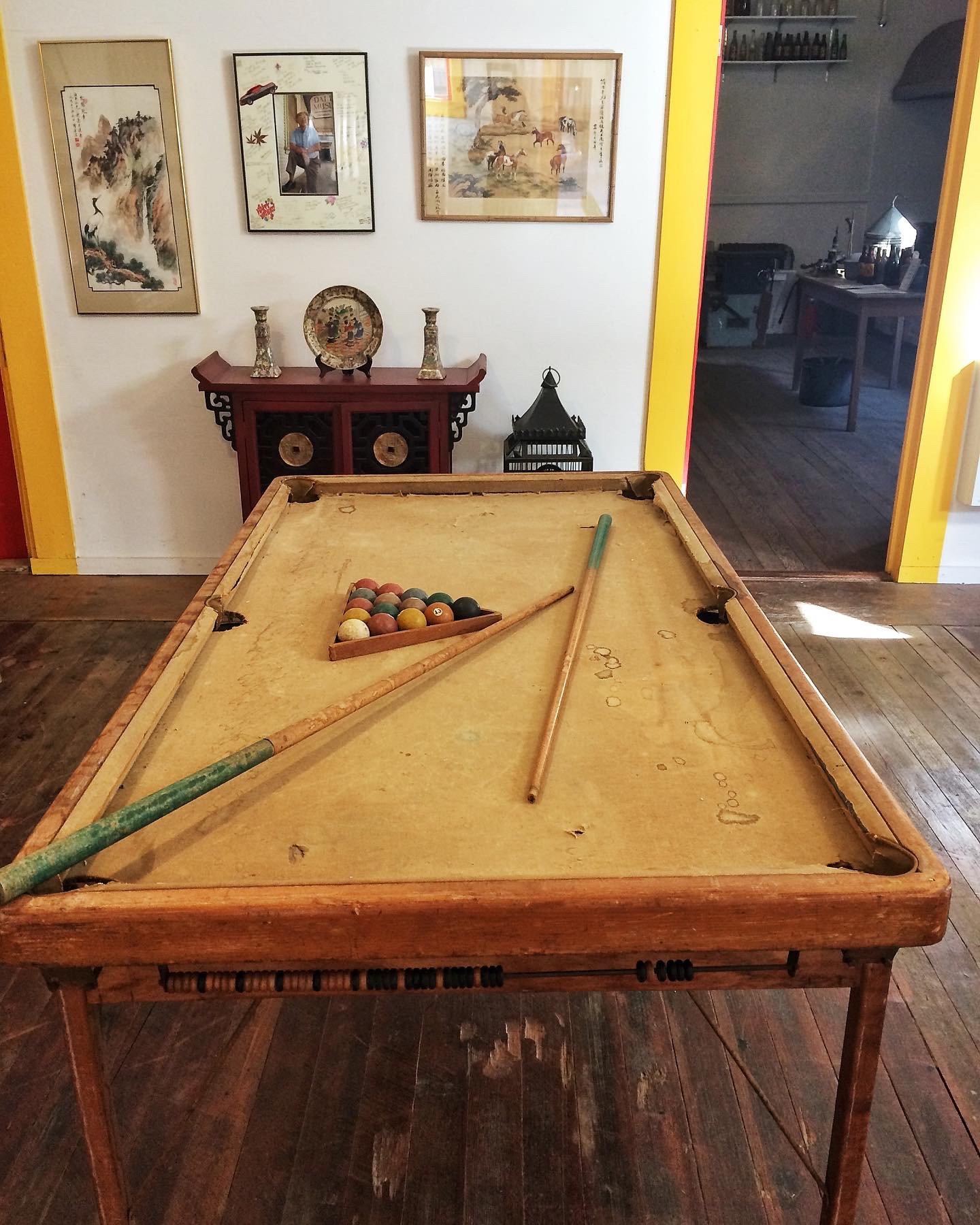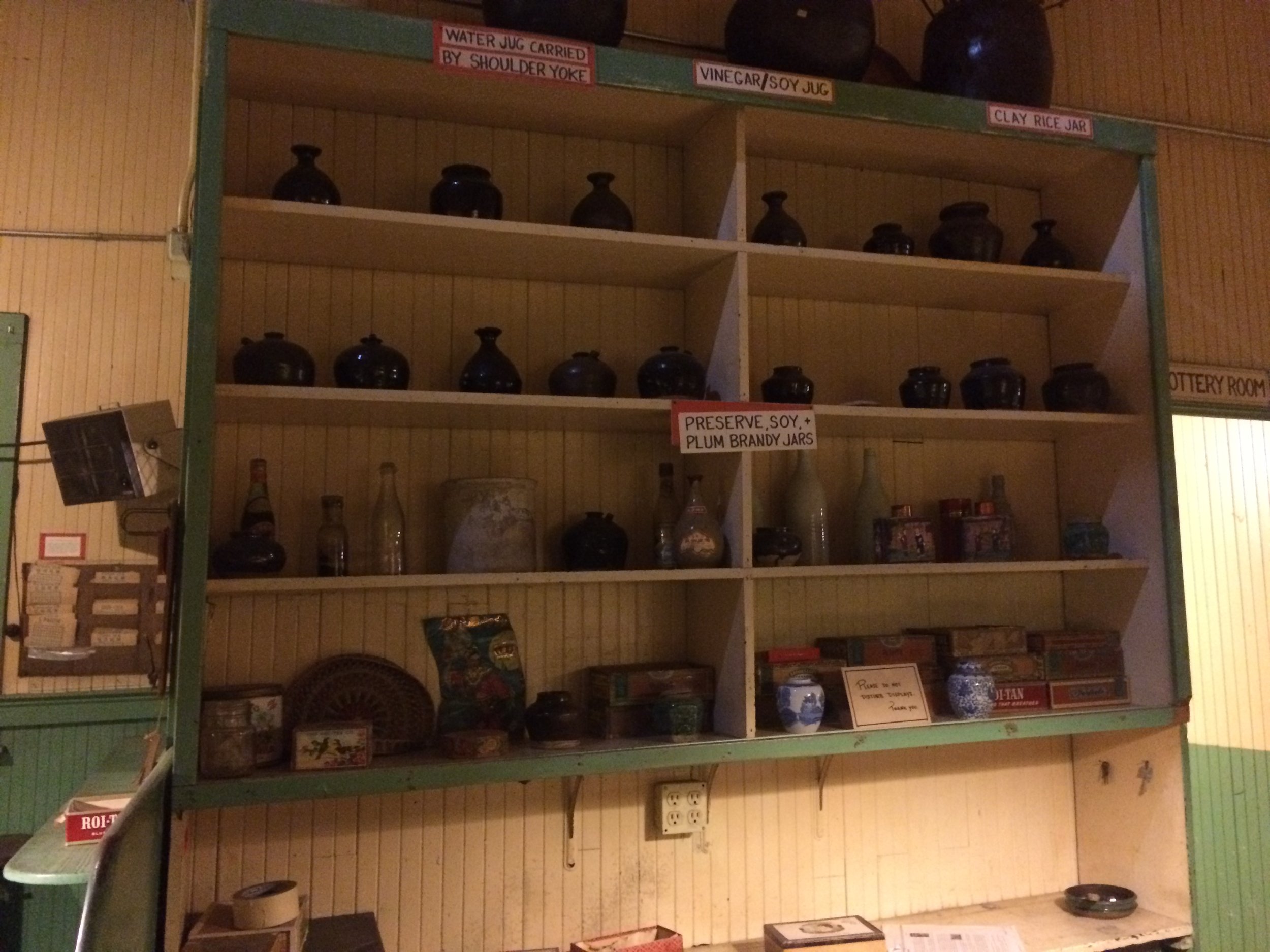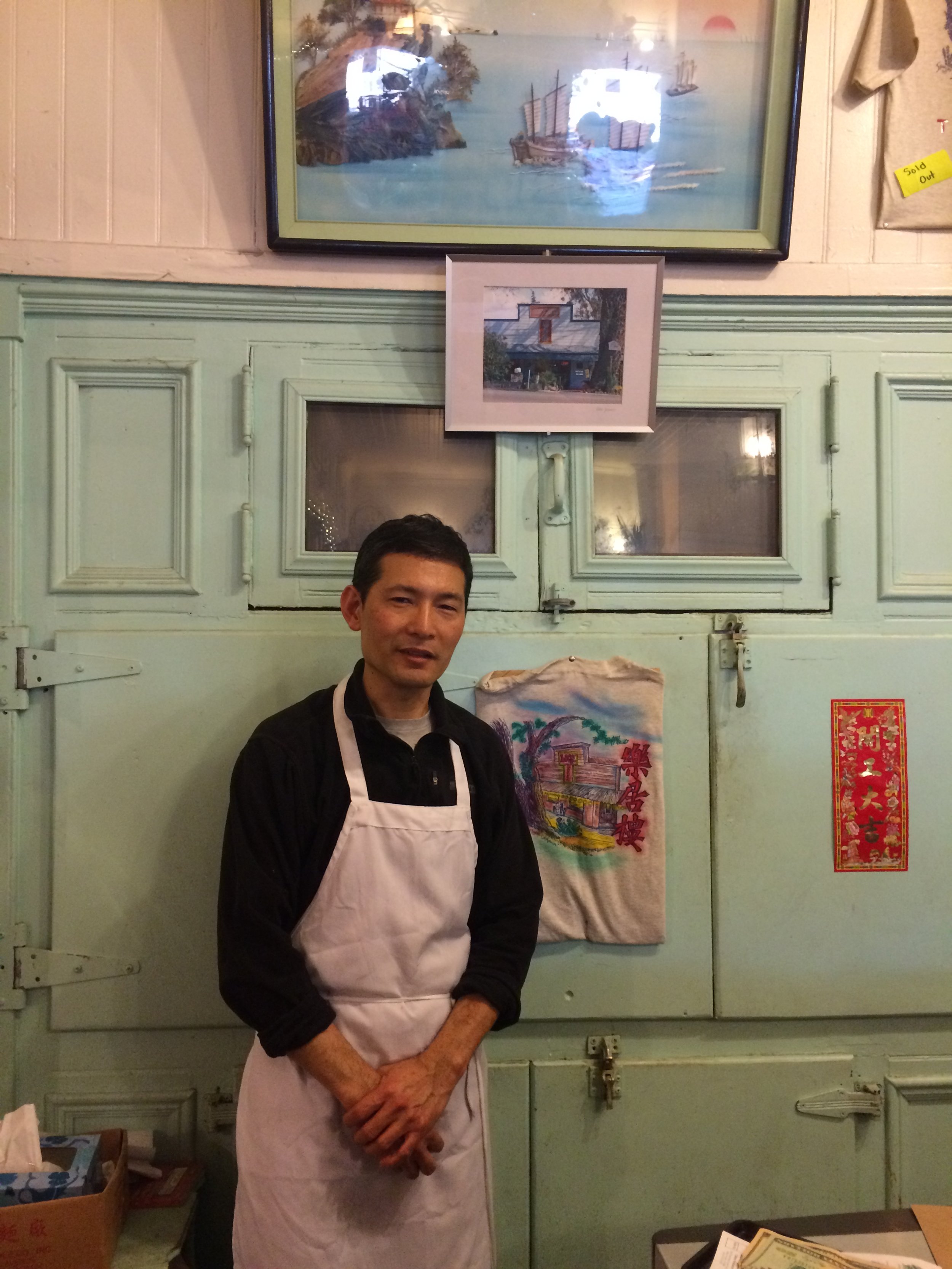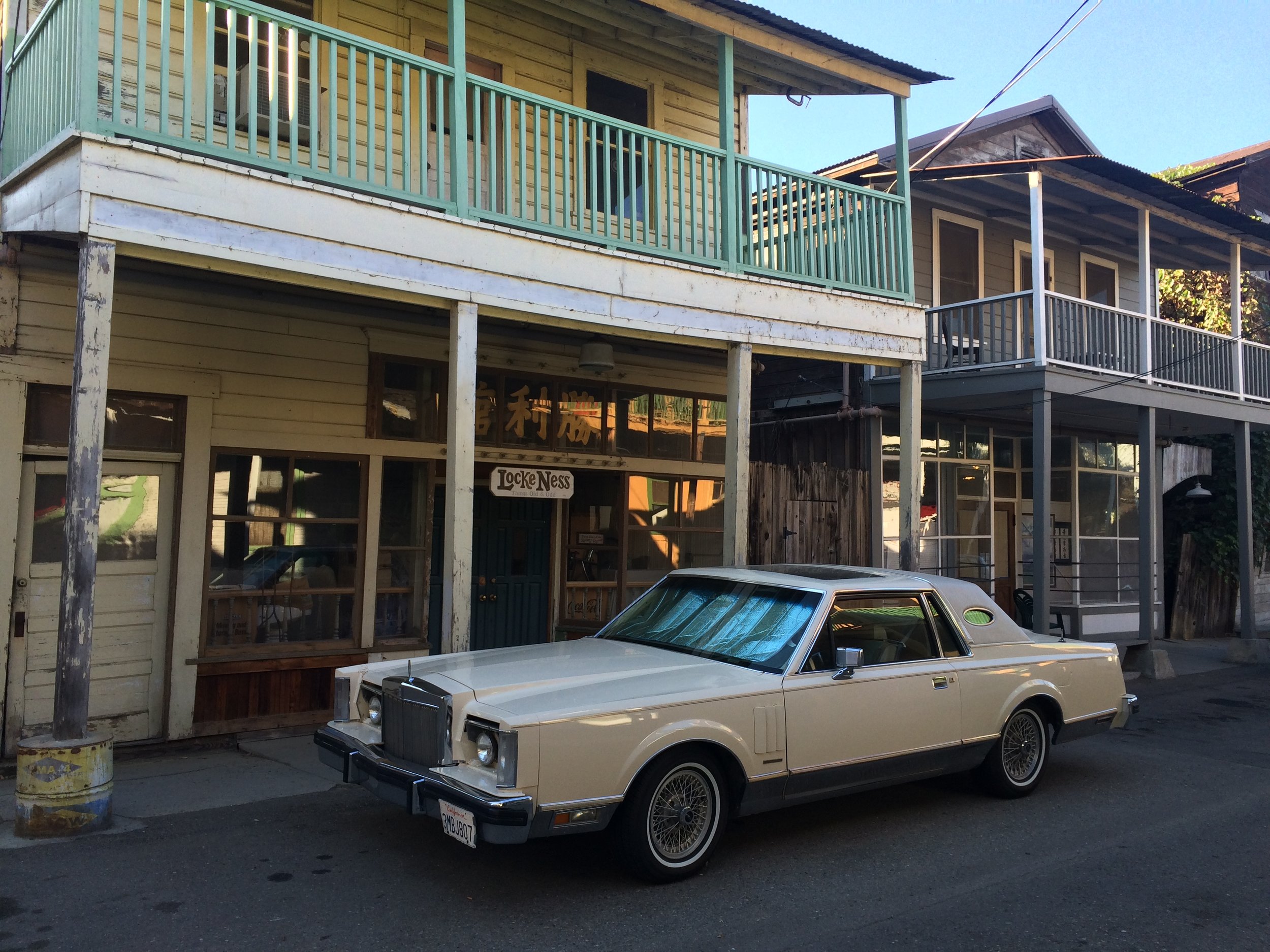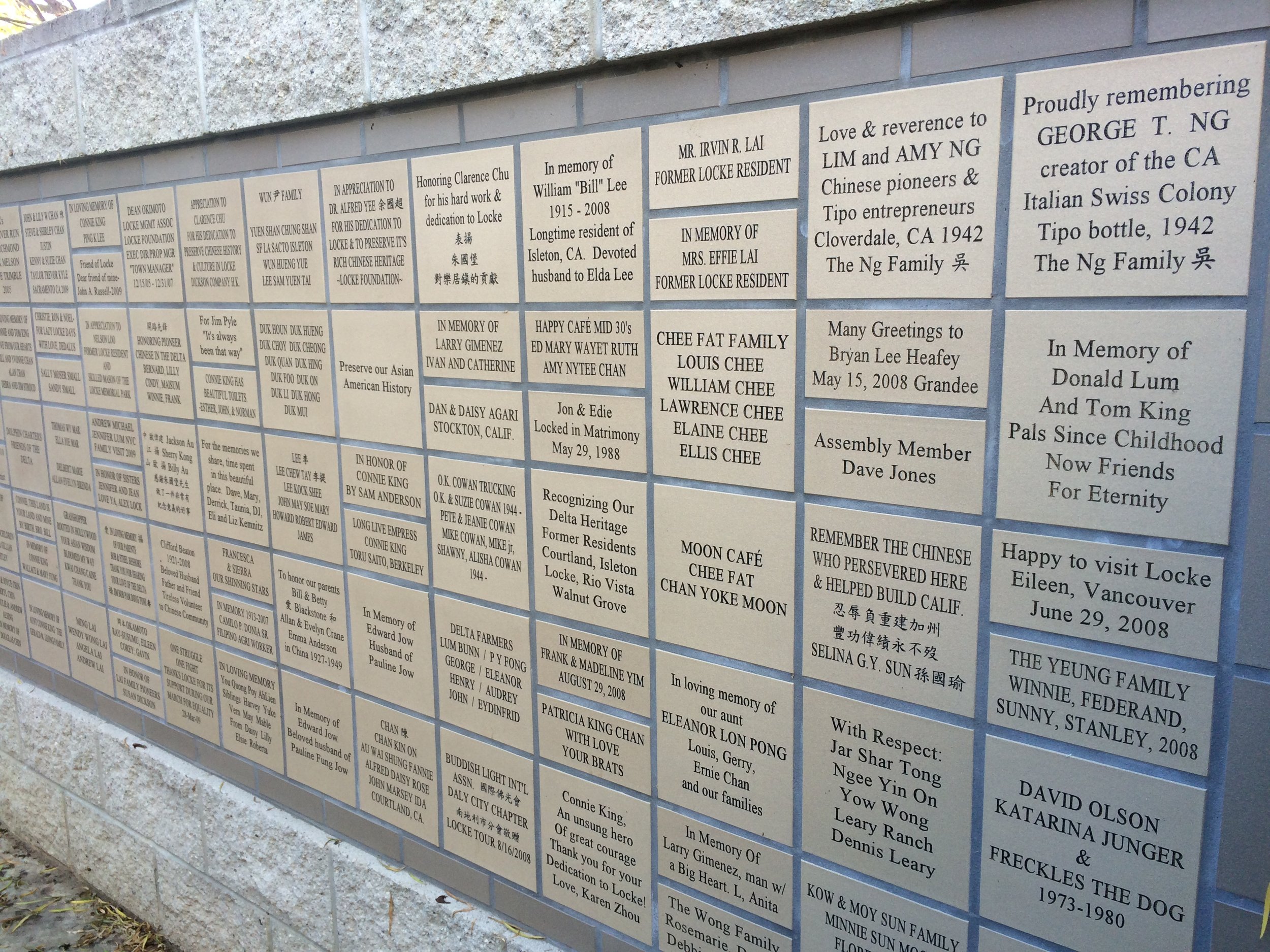Locke Chinatown: A Chinese-American Time Capsule
An indirect descendant of Dr. Sun Yat-Sen (or as my grandparents call him: 孫中山先生 or “Mr. Soon Chungsan”), I grew up listening to stories about how he travelled through rural towns in the United States in the early 1900s, tirelessly raising funds for his campaign to overthrow the Manchu Dynasty and return the rightful rule of China to the Han Chinese. Each night on his journey, he’d return home after a long day of meetings, often having neglected to eat dinner and graciously accepting bowls of rice from his 同鄉 (tong herng or immigrants from the same Chinese village where he was raised). His work paid off, and he went on to establish the Kuomingtang (“KMT” or Chinese Nationalistic Party) and served as the provisional President of post-imperial China shortly before his death. He stressed humility and a better society and, to this day, is considered the sole historical figure revered by Chinese residing in both China and Taiwan. One of his California stops was Walnut Grove, where his fellow villagers, the Chungsan, built this rural Chinatown from scratch. Just an hour’s drive from San Francisco, my recent visit to this town served as a reminder of my community’s long history in America.
A Rural Chinatown. Entering Locke is a bit like stepping onto the set of some Wild West movie, except that it’s the real deal. Developed in 1912-1915, most of the buildings here have been preserved in their original form, from the Yuen Chong General Merchandise Store pictured in the right to the rickety Star Theater that aired silent flicks and hosted live Chinese Opera performances. When a 1915 fire burned down much of the Chinese community in nearby Walnut Grove, the 1,500 or so residents originally from the Chungsan District of Canton (now known as Guangdong) parted ways with their Toisan neighbors and moved to Locke. Though Chungsan and Toisan people share Cantonese roots, there have different dialects and customs and sometimes prefer to live in separate communities. Today, the number of Chungsan residents in Locke has dwindled to under 10.
A photo of Dr. Sun Yat-Sen is seen at the head of the classroom.
Having family that has called California home since the late 1800s, it was a special experience for me to be able stand in the very meeting halls where they discussed revolutionary ideas, touch the woks and steamers in the association kitchens where they cooked meals for one another, and walk through gambling halls where many a drunken brawl had likely taken place. What is now used as a classroom for Saturday Chinese school was once a meeting hall for the KMT. Back in 1926, the children in Locke reported to this classroom everyday after regular school. This continued for about 60 years to the mid-80s, when there were finally too few students to keep the classes going.
Inside the Jan Ying Tong Family Association.
In a different building, I visited the headquarters of Jan Ying Tong, a family association for Locke residents. Despite the sinophobic characterization of tongs as part of Chinese underworld that we often see in western media, tongs were actually born as a direct result of racism to help Chinese immigrants cope with racism and discrimination, find jobs, get medical assistance and assist with burial expenses. In real life, they are much less glamorous and have more members doing volunteer work than engaging in criminal activity. Because most tongs in Chinatown, including my own, restrict entry to members only, a visit to Jan Ying Tong provides a unique opportunity for visitors to not just view the inside of a tong and to be transported to decades and witness the day-to-day living of the tong members.
Several gambling houses were opened in Locke. In Dai-Loy or 大来, which roughly translates to “everybody come,” I saw blackjack, poker and pai-gow tables. Behind the front counter, I also found a bingo cage set. The Chinese characters imprinted on each ball had mostly faded, but it was fun to imagine how this game was played. Despite the Prohibition, there were numerous clay pots traditionally used to hold rice wine still stored on the shelves inside the gambling house. Rumor has it that only Asians were permitted inside, since Caucasians always had the potential of being undercover law enforcement. Though almost a perfect time warp, a dead giveaway that we were no longer in the 1930s was the Hong Kong pop music playing in the background (Linda Wong’s 別問我是誰/ Bie Wen Wo Shi Shei / “Don’t Ask Me Who I Am” circa 1993 — a necessary classic, if you ever karaoke with Hong Kong friends.)
Dai Loy Gambling House
Vintage Rice Wine Jars
Hundreds of men, Chinese and non-Chinese, gathered here every night.
Egg Foo Yung - a Chinese American creation.
The Eats. There are only two places to eat in Locke, and of course, I tried both. I can happily report that I would detour back to Locke if just to eat at either one. My first stop was Locke Garden, the sole Chinese restaurant. When I walked in, I was surprised to find a restaurant half-full on a weekday in this abandoned town. There was only one server, who turned out to be the owner, Catherine, and I watched as she cheerfully served each table. Everyone else seemed absolutely satisfied with their food but seeing that they were all Caucasian, I decided to go with the most Americanized dish on the menu, Egg Foo Yung. To my surprise, she brought out an egg dish more similar to what I would find in Chinese households: the eggs were light and fluffy; the sauce was less heavy on the palate. When I asked her why this was, she brought out her husband, the chef. As it turns out, he isn’t just another Chinese immigrant forced into the restaurant industry as a result of limited career choices, which is often the case with Chinese restaurants in rural areas. Mr. Cheung, a Chungsan native, is a graduate of a culinary program in Canton and served as a chef in San Francisco before moving here with his family. His restaurant is clean and still very much resembles Chan Tin Sin’s Beer Parlor circa 1912. I went on to try the beef chow fun and potstickers, both of which were good. Be forewarned, the food is authentic, which means it will be less salty and heavy than what one might find at Americanized Chinese restaurants.
Inside Locke Garden
This cash register still works!
Kwan Yeh protects Locke Chinatown.
Finally, my last stop was at Al the Wop’s. I originally went in for just a glass of water and ended up staying for an ice-cold Shock Top, a steak and banana peppers. For the first time in my life, I shared (and finished) a jar of Jif with a group of bikers as we each took turns slathering the creamy peanut butter onto our food (both the steaks and banana peppers). We watched as the bartender showed us how to attach dollar bills to the ceiling with just a quarter and a thumb tack. She provided some history of the establishment, telling us that Al Adami ran the only non-Chinese business in Locke Chinatown and served the same delicious steak for decades. I would say a trip to Locke wouldn’t be complete without dining here.
Final Thought. Some say that Locke has ceased to be a Chinese community and is now akin to a Chinese museum instead. That may be a fair statement, though it does not in any way diminish the significance of this town. As Chinese-Americans, many of us have lost the ability to read, write and speak our native language and only partially understand what the older generation tells us about our history in the States. Locke, a true time capsule, provides an opportunity for us to learn about our roots.
Clarence Chu of the Locke Foundation.




